One of the most important rising trends in commerce both online and off is making the customer central to every business transaction, whether you’re B2C or B2B. Sellers and service providers no longer set and lead the conversations around their brands; consumers do, from ideation and word of mouth to execution and conversion.
Customers want to be able to trust the brands they’re buying from and feel as if their interactions with brands are real and sincere, not impersonal, one-size-fits-all auto-responses. Authenticity and personalization have become two of the biggest factors in driving customer loyalty and evangelism, and they must go hand-in-hand. An authentic brand will give personal responses to every customer; personal responses from a brand require time and effort to create, thus proving a brand’s authenticity.
You may have noticed that Wpromote has even centered our vision statement around this concept:
“Grow beyond digital by delivering authenticity and value in a customer-centric world.”
What all this means is that one of your key advertising goals as a business or business owner should be to start investing in native advertising. This blog post will take you through all the major questions around native advertising and what you can do to get started on your own native campaigns.
So Why Native Advertising?
Native advertising is one of the best, most effective, and most cost-efficient ways to deliver authentic and personalized advertising in the digital world today. Native advertising feels organic to the consumer, a critical component in winning their engagement with your paid content and eventual conversion from lead into customer. Native advertising is one of the swiftest growing methods of advertising, set to take in $4.6 billion in revenue by 2017. It’s also more visible and viable: 53% of people view native ads more frequently than traditional ads, and traditional banner ad clickthrough rates have declined precipitously.
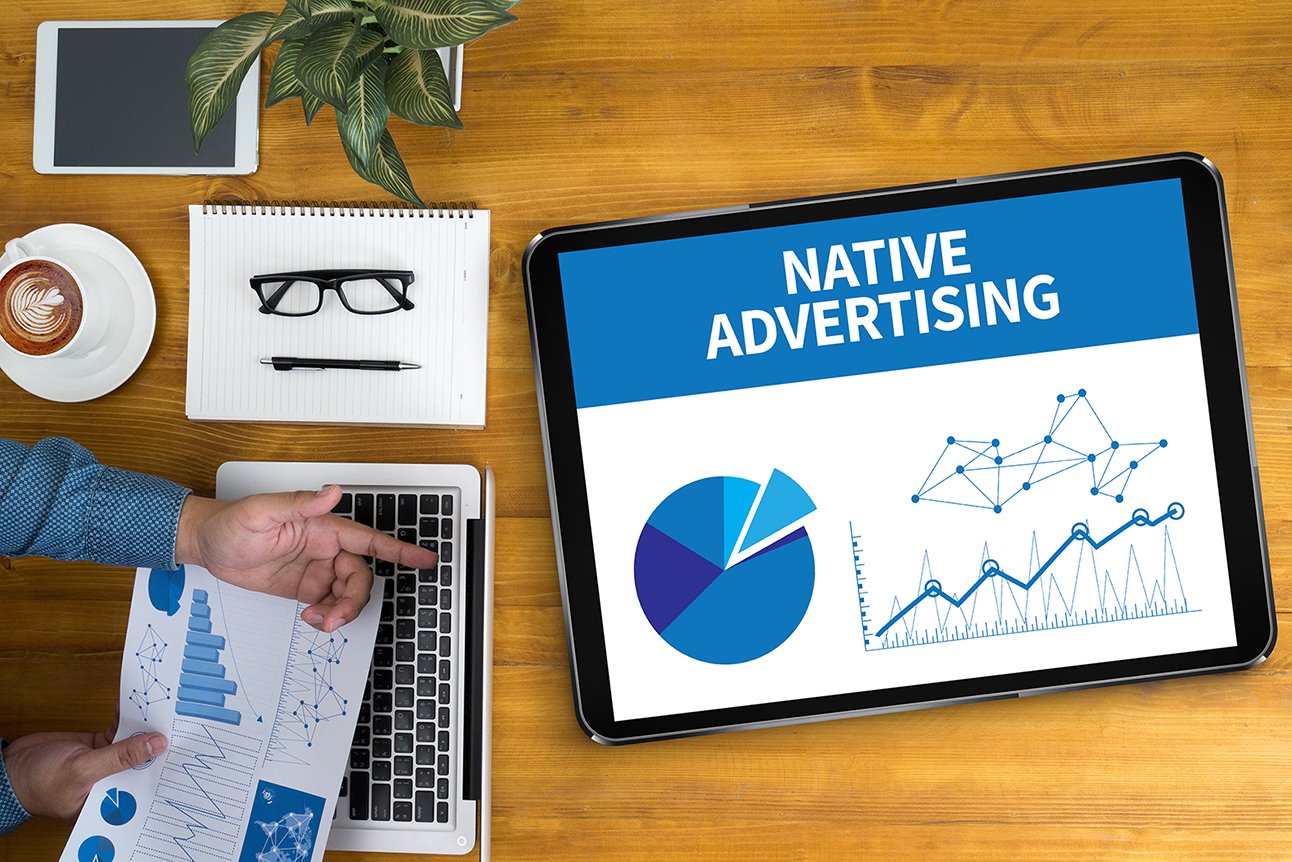
What Are The Types Of Native Advertisements?
There are a lot of different ways to advertise natively. Perhaps one of the most well-known is the product placement. We all see these in our favorite movies and TV shows, such as when BMW cars are made a centerpiece of James Bond films.
When it comes to digital marketing, there are six agreed-upon types of native advertising:
- In-Feed Units: These are sponsored pieces of content within a news feed or gallery of otherwise organic articles and posts. Examples include Facebook sponsored posts and sponsored articles on LinkedIn.
- Recommendation Units: Frequently found at the bottom of articles on news or listicle sites (like the LA Times or Buzzfeed), these ad units present themselves as recommended stories for a user to read next and may or may not have a thematic relationship to the content the user just read.
- Promoted Listings: Promoted listings are common on sites such as Yelp, Etsy, Amazon, and other directories that organize businesses or products. Promoted listings will be sponsored products or brands that are found at the top of a page, above the organic content, but usually still line up with the user’s search or the general category being looked at.
- In-Ad With Native Elements: These ads are traditional ad units, like banners, that are contextually relevant to whatever site they’ve been placed on. Their content will be native even though the format is traditional, e.g. a banner advertising discount groceries on The Food Network’s website.
- Paid Search Units: If you’ve been on Google or Bing, you know what these are: ads at the top (and bottom) of search engine results pages that, aside from a small symbol or faint lettering indicating the result is paid, look like organic results.
- Custom: Any ads that don’t fit into the above five categories fall under the custom label. This could include a branded Spotify playlist, for example.
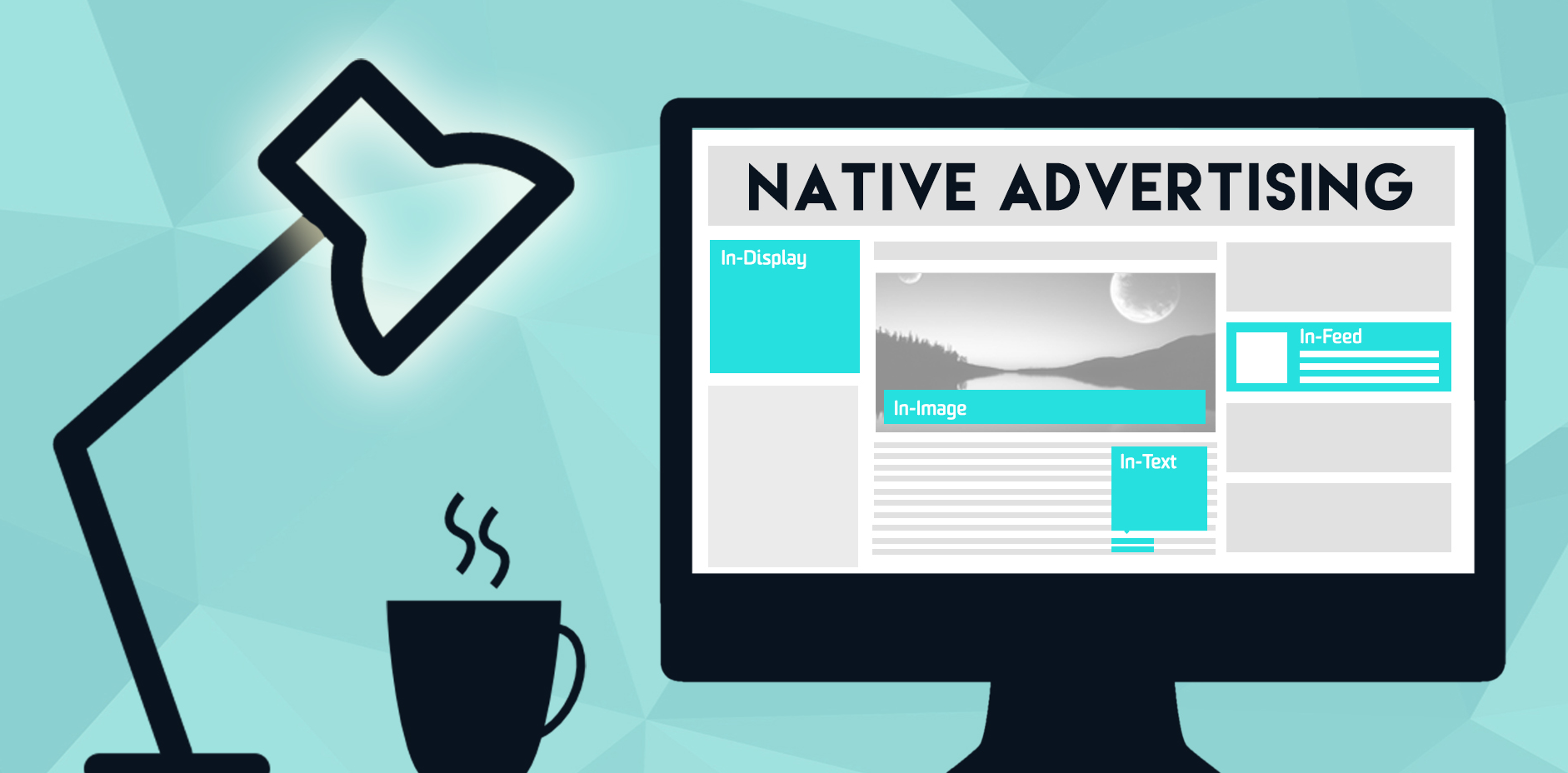
What Return Will I Make From Native Advertising?
Native advertisements can be direct conversion and revenue drivers. Promoted listings and paid search units are particularly good examples of ads with a high likelihood to convert. Purchase intent is 53% higher when consumers click on all types of native advertisement than on traditional ads.
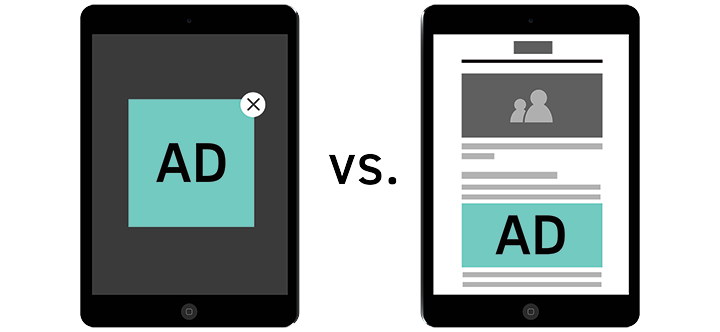
However, not all native advertisements are designed to bring in a return. Much of native advertising is dedicated to brand awareness, and at this, native excels. Native advertising can increase brand lift as much as 82% by creating a sense of personalization (ads that are contextually relevant and personalized to the user’s browsing) and authenticity (content that feels real and valuable, like articles and infographics). These top of funnel initiatives are just as important as bottom-funnel factors like ROI. Creating a narrative that consumers want to tap into raises customer lifetime value, eases prospects into the sales funnel, and keeps previous customers returning.
How Can I Make Native Advertising Work For Me?
That depends on your business and what you offer. An Ecommerce retailer might want to pay for promoted listings on Amazon, or develop a content piece that they pay to have posted on Mashable or Buzzfeed. A software company might decide that they want to have a piece of their content sponsored in TechCrunch’s “From The Web” recommendation units through an advertising network. The options are limited only by your creativity with the various native formats. One business could feasibly use all six types, so it comes down to your budget and what you think would best represent your brand.
The most practical answer is “content, content, content.” Create quality content that your audiences will want to see and then pay to promote it across the web in relevant spaces. This includes paid search ads as much as a promoted blog post on the state of your industry that also talks about your own business’s offerings. Follow up on your popular native content by placing a cookie on any users who click through and aggressively remarketing to them with ads you now know are relevant to their interests.
Now that you’ve mastered the basics of native advertising, keep expanding your knowledge and expertise by checking out the Wpromote University!
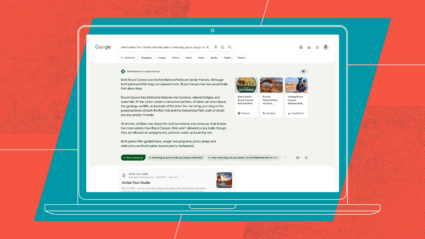



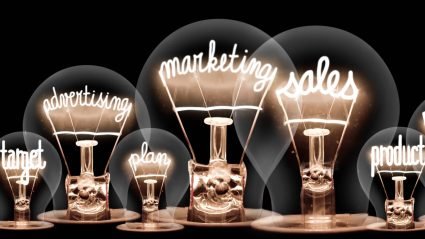
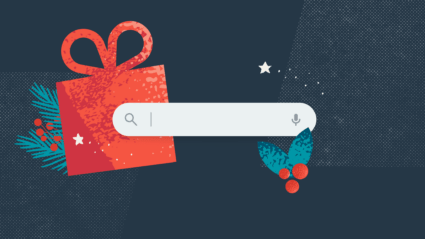
Responses